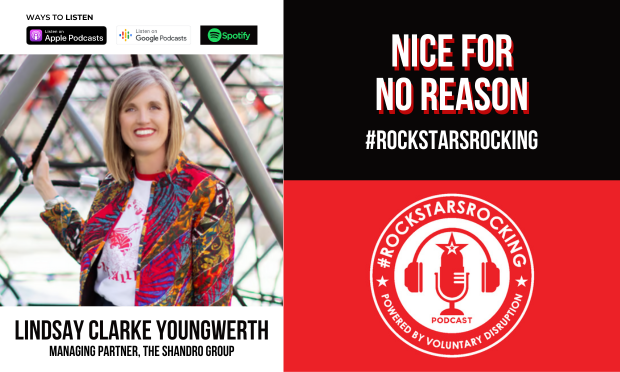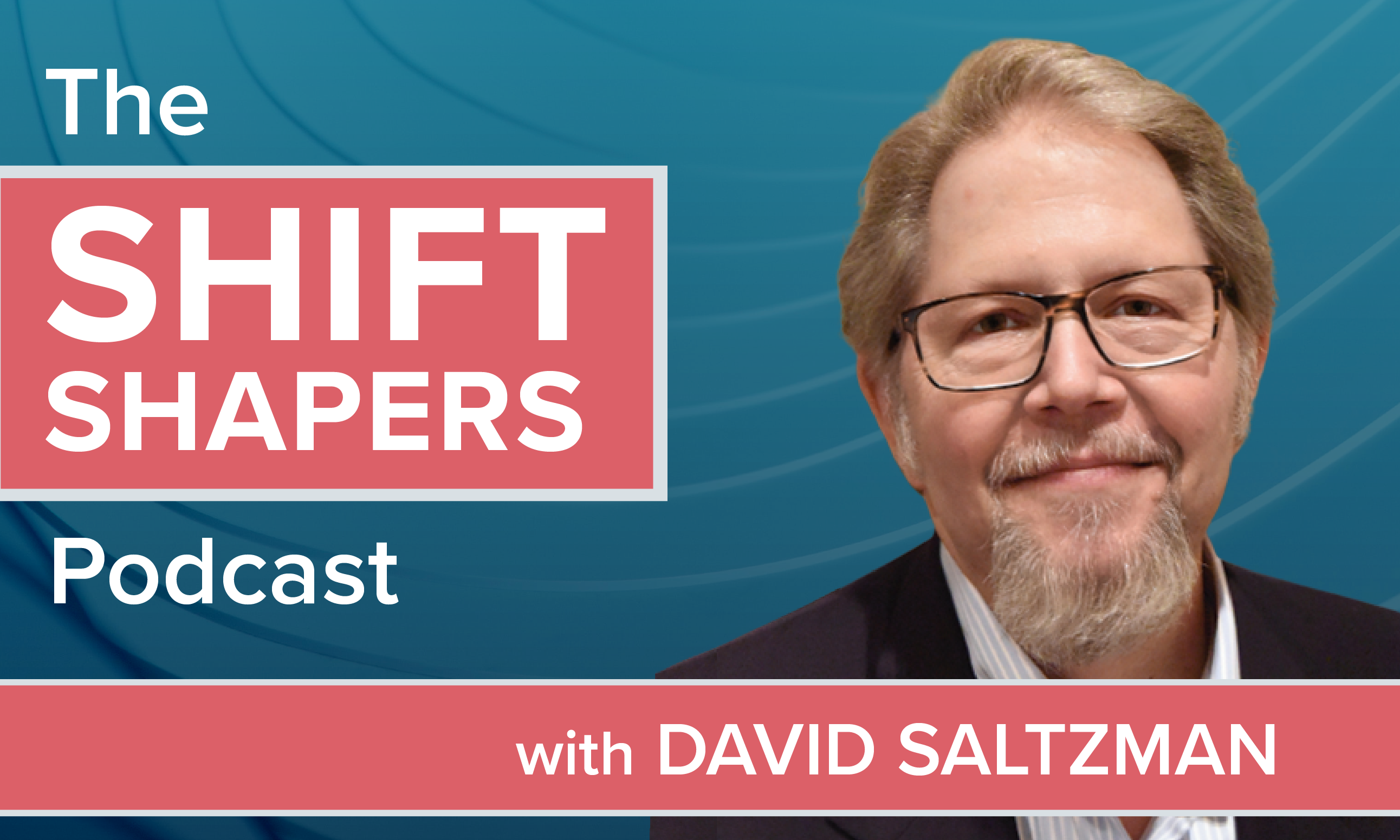
With annual enrollment in full swing, employers mustbreak through the noise to ensure their employees sign up for theappropriate coverage for the coming year. Employees, however, stillfind enrolling in their benefits overwhelming, leaving many tosimply roll over their coverage from the last year.
|During this time, brokers and advisers play a pivotal role inhelping employees overcome information overload. Here are some tipsto share with your customers.
- Encourage employees to have a meaningfulconversation
Before we make decisions big or small, people's tendency is toseek out information and advice from trusted sources. Sometimesthat means reading online reviews, and other times it is asking atrusted friend, family member, or even coworker about theirexperiences. Enrollment should not be any different.
|In fact, market research has shown that while key life eventsprovide impetus for employees to reconsider their benefits choices,actual changes are often made after an employee speaks to someonethey know who has had a relevant experience. That is why employersshould encourage their workforce to not only read through thebenefits information provided, but also take time to seek advicefrom those they trust most.
- Dream big
MetLife's 16th annual U.S. Employee Benefit Trends Study (EBTS) foundthat more than half of full-time workers (52 percent) livepaycheck-to-paycheck. Even more surprising is that for peoplemaking $100,000 or less annually, 44 percent could not come up with$400 in an emergency, according to the Federal Reserve.
|Putting benefits in the context of goals can help employeesbetter connect their enrollment choices in a given year to theirpersonal lives in the near and long-term as they are likely to facevarious obstacles along the way to reaching the goals they haveoutlined.
|Even diligent savers can be faced with an unexpected health care-related expense that canknock them off track financially. In fact, medical expenses are thenumber one source of personal bankruptcy filings in the U.S.,according to the Kaiser Family Foundation.
|Put simply, most individuals cannot afford even the most minorof unexpected health care-related expenses. Therefore, signing upfor benefits such as accident insurance or disability insuranceplays an integral role in helping employees mitigate financialobstacles that could prevent them from achieving their goals.
- Uncover savings
Employees often have ways to save during enrollment they are notaware of. Discounts on auto, home and renter's insurance arefrequently offered by employers, yet employees rarely takeadvantage of these perks.
|There are also many instances when employees need legal advice,from purchasing a home to creating a will. A legal plan is aterrific resource, as it offers a vetted network of attorneysaround the country and could mean significant financial savings forthese common situations.
|With unemployment at record lows and top talent in high demand,employers need to continue to encourage workers to think beyondjust medical insurance during their enrollment period as part oftheir attraction and retention strategies.
- Get the most out of your coverage
As health care costs continue to rise and high-deductible planscontinue to grow in popularity, more employers are offeringsupplementary coverage to their employees. These benefits, whichinclude critical illness and hospital indemnity plans, amongothers, are offered at a low cost through employers. Yet, manyemployees don't fully understand or utilize the benefits theyenrolled in and are paying for.
|As a result, many employees unwittingly leave valuable benefitson the table. Connected benefits experiences offered by manyinsurance carriers help to cross-check employees' coverage acrossproducts so that when a claim is filed for one policy, they arenotified about the benefits that they may be entitled to from otherqualifying coverage.
|Enrollment tends to be daunting for employees, and according tothe EBTS, only 43 percent of employees believe their employerunderstands their personal financial pressures. Despite significantinvestment in technology and communication, employers stillstruggle to break through and engage with employees around benefitofferings.
|Voluntary benefits such as disability insurance, life insurance,critical illness, hospital indemnity and legal plans providefinancial cover and peace of mind for employees, so they can gointo 2019 confident in their abilities to stay on track towardstheir short- and long-term financial goals.
|Meredith Ryan-Reid is the senior vice president, Head ofDistribution Development & Benefits Delivery, Group Benefits,at MetLife.
Complete your profile to continue reading and get FREE access to BenefitsPRO, part of your ALM digital membership.
Your access to unlimited BenefitsPRO content isn’t changing.
Once you are an ALM digital member, you’ll receive:
- Critical BenefitsPRO information including cutting edge post-reform success strategies, access to educational webcasts and videos, resources from industry leaders, and informative Newsletters.
- Exclusive discounts on ALM, BenefitsPRO magazine and BenefitsPRO.com events
- Access to other award-winning ALM websites including ThinkAdvisor.com and Law.com
Already have an account? Sign In
© 2024 ALM Global, LLC, All Rights Reserved. Request academic re-use from www.copyright.com. All other uses, submit a request to [email protected]. For more information visit Asset & Logo Licensing.








